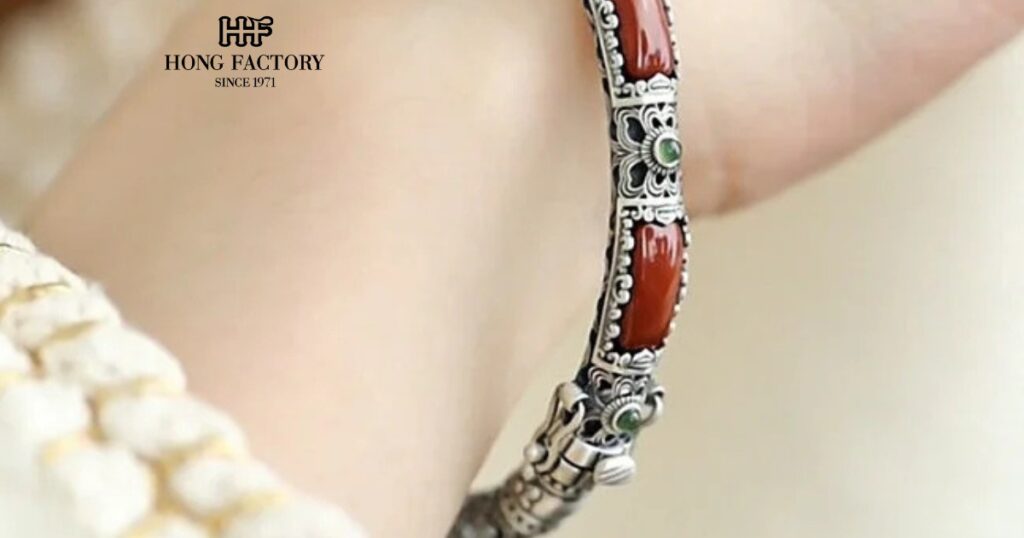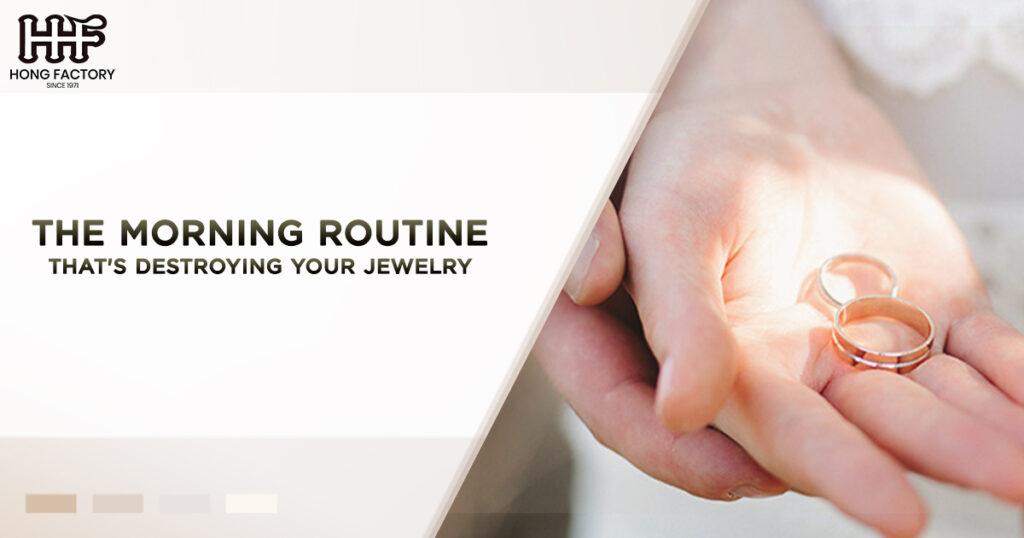
When it comes to protecting your prized possessions, your jewelry collection may rank high on the list. Sparkling diamonds, sentimental heirlooms, and pieces celebrating life’s milestones deserve the best care—especially when it comes to safeguarding their value. Yet, many jewelry owners remain unsure about whether their standard insurance covers these precious assets. With the right knowledge of jewelry insurance, value protection, and documentation, you can ensure your treasures are safeguarded against loss, theft, or damage.
This guide will help you understand how to properly insure and document your jewelry collection, empowering you to avoid common pitfalls and secure adequate protection.
Why Many People Overlook Jewelry Insurance
Most people assume their homeowners or renters insurance provides adequate coverage for all possessions, including jewelry, but this isn’t always the case. Standard insurance policies often have specific limits when it comes to high-value items like jewelry. For instance, a basic homeowners policy might only cover up to $1,500 or $2,500 for jewelry, which is insignificant if you own items worth much more.
If you fail to take the necessary steps, you could find yourself underinsured in scenarios like
- Theft : Jewelry is a prime target for burglars, often leaving owners with significant financial losses.
- Loss : Jewelry can be lost while traveling, swimming, or during ordinary activities.
- Damage : Accidents happen—rings, bracelets, and necklaces can break or sustain damage.
Without specialized jewelry insurance, you might face the full financial burden of replacing or repairing your cherished pieces.
The Importance of Value Protection for Jewelry
Jewelry isn’t just about its monetary worth—it often carries deep sentimental value. Whether it’s an engagement ring or a family heirloom, its significance goes beyond its tangible price. However, adequate value protection ensures the financial worth is accounted for in case of an unfortunate incident.
Value protection requires a thorough understanding of the true worth of your jewelry pieces. Here’s how you can ensure your collection is properly valued and why it matters
1. Accurate Appraisals
Obtaining an appraisal from a certified professional is the cornerstone of value protection. An appraisal provides an accurate valuation of your jewelry based on factors such as
- Current market conditions
- Materials used (e.g., gold, platinum, diamonds)
- Craftsmanship and rarity
Appraisals are typically required by insurance providers to set appropriate coverage limits. They also need to be updated regularly (every 2-3 years) to reflect changes in the market value of precious metals and gemstones.
2. Agreed Value Coverage
Some specialized jewelry insurance policies offer agreed value coverage, ensuring you’ll receive the full appraised value of your item if it’s lost or stolen. This type of policy eliminates the risk of receiving less than your jewelry is worth in an insurance payout.
3. Protection Against Depreciation
Certain policies also protect against depreciation. This ensures the monetary value of your jewelry isn’t reduced due to the passage of time or wear and tear, which can be crucial for maintaining accurate coverage.
How Jewelry Insurance Works
Unlike standard insurance, jewelry insurance is tailored specifically to cover the unique risks associated with valuable pieces. Understanding how these policies work can help you make informed decisions.
What Does Jewelry Insurance Typically Cover?
Specialized jewelry insurance typically provides coverage for
- Loss : Replacing pieces that are lost, whether on a vacation, misplaced at home, or while out and about.
- Theft : Coverage for stolen jewelry, whether from your home, a safe, or during travel.
- Damage : Repairs for accidental damage such as chipped gemstones or broken clasps.
- Disappearance : Known as “mysterious disappearance,” this covers items that go missing without a clear explanation.
Does Standard Insurance Suffice?
Standard homeowners or renters insurance policies may provide basic coverage for jewelry but often have strict limits. For instance
- Coverage limits are usually capped (e.g., $1,500-$2,500).
- Policies may not cover all scenarios, such as accidental loss.
- Specific items may need to be scheduled (listed with appraisals) to qualify for higher coverage limits.
If your jewelry exceeds these limits or if you want complete peace of mind, adding a rider to your standard policy or purchasing a standalone jewelry insurance policy may be the better option.
The Critical Role of Documentation in Jewelry Insurance
Proper documentation is just as important as choosing the right insurance policy. Insurance companies rely on detailed documentation to determine coverage eligibility and payouts. Here’s how to handle documentation effectively:
1. Collect Receipts and Proof of Purchase
Keep all receipts and proof of purchase for your jewelry. These documents validate ownership and serve as a starting point for determining the item’s initial value.
2. Keep Appraisal Papers Up to Date
As mentioned earlier, appraisals should be current and updated every 2-3 years. Include detailed information about the item, such as the type of gemstone, carat weight, clarity, and metal type.
3. Photograph Your Collection
Take high-quality photographs of each piece in your collection, capturing multiple angles and details. This can serve as visual proof for insurers and help with recovery efforts in case of loss or theft.
4. Store Documentation Securely
Keep all documentation, including appraisals, receipts, and photographs, in a safe and accessible location. Consider using both physical and digital backups for added security.
Many insurance providers also offer online tools to upload and store your documentation, making it easier to access in an emergency.
Tips for Choosing the Right Jewelry Insurance Policy
Navigating the world of insurance can feel overwhelming, but these tips can help simplify the process
1. Choose a Specialist Provider
Look for insurers that specialize in jewelry insurance. Specialist providers often offer flexible coverage options and better terms than standard insurers.
2. Understand the Fine Print
Pay attention to exclusions and conditions in the policy. Some policies may not cover specific scenarios, such as international travel or wear-and-tear damage.
3. Opt for Comprehensive Coverage
Ensure your policy includes protection for loss, theft, damage, and mysterious disappearance. Comprehensive coverage provides the best value protection.
4. Bundle Coverage When Possible
If you have other valuable assets, like fine art or collectibles, consider bundling them with your jewelry insurance. This can often result in discounts or streamlined policy management.
Conclusion
Your jewelry holds more than just monetary value—it’s a reflection of memories, milestones, and personal style. Ensuring it’s fully protected through the right jewelry insurance, meticulous value protection, and detailed documentation is essential to preserving its worth and legacy.
While the process of insuring and documenting jewelry requires an investment of time, the peace of mind it offers is invaluable. By understanding your options, accurately documenting your collection, and choosing tailored insurance coverage, you can protect your cherished pieces for years to come. Don’t leave the fate of your jewelry to chance—take action today to secure it against life’s unexpected twists.


